Coffee plantations and orchards in the mountains.
Cabbages and crops needing altitude.
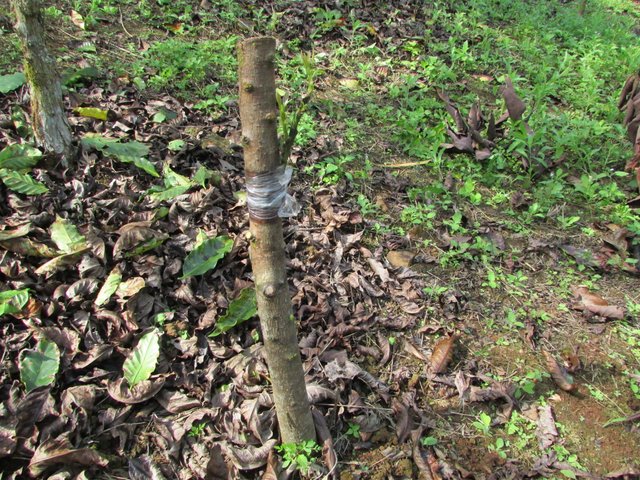
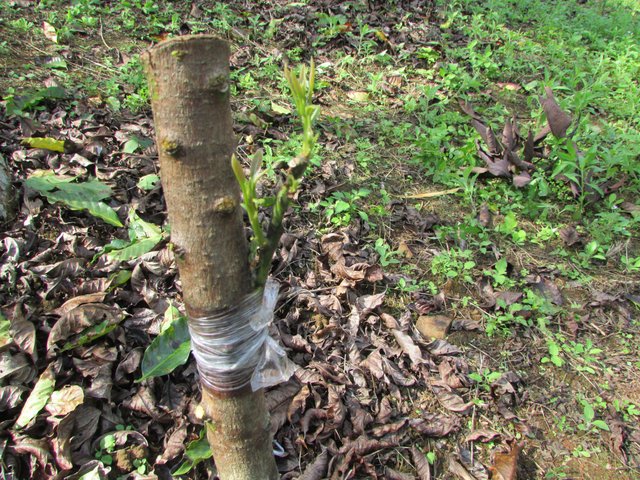
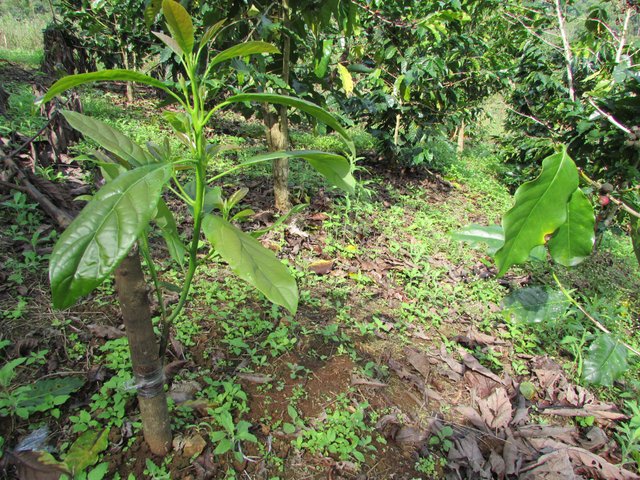
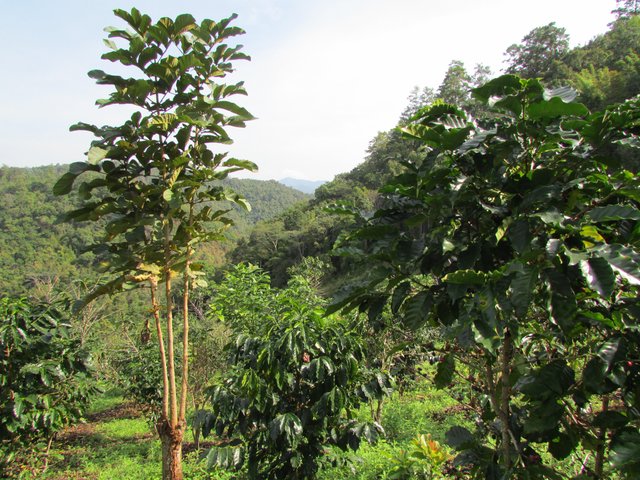
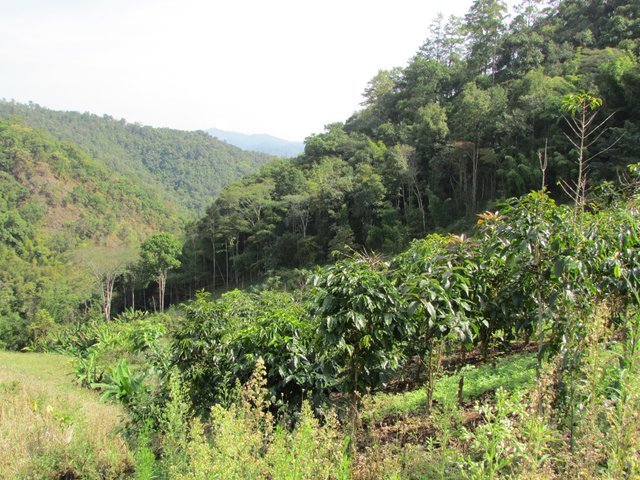
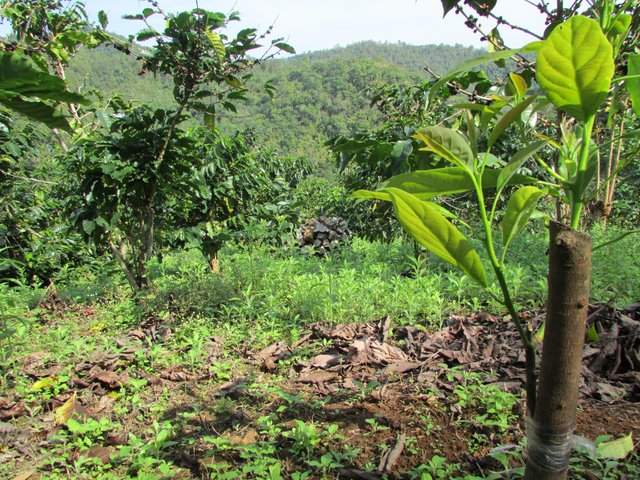
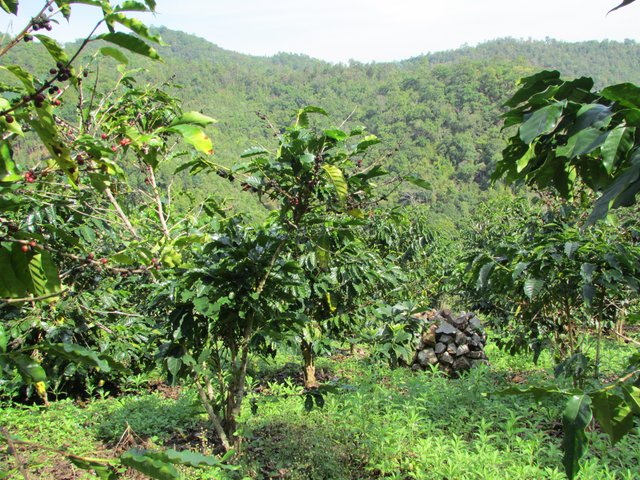
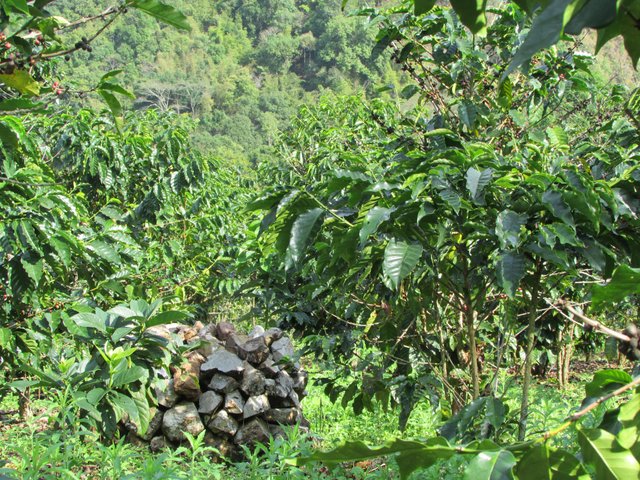
**(All texts may not be accurate, there might be errors or omissions, anyone is welcome for suggestions, comments or add-ons to help us do better, please let us know in the comments or reply section of any post on this blog) **
When they first arrived The Lisu, the Hmong, the Akhas and the Lahus hill-tribes were allocated lands and still are living on the higher planes or at higher altitudes in Northern Thailand for most. Their accesses to the lower lands, the Thais, the towns, health, schools, and amenities was much more difficult.
It was also more dangerous in the past than today. They often made quite huge distances by foot, there was no public transport then or little, and those who were not motorised, particularly the poorests when help was not available had to walk. Dangers could be an accident, breaking a limb and being stucked, could be wild animals like tigers or elephants, snakes.. the risks could also be human.
I was told that in the 1990s many roads during the rainy seasons were at times unpracticable.
Some roads were really difficult in the dry season, in the rainy season, roads were so tough, muddy and steep that on some passages ropes were disposed to help people climbing by foot.
There are still places very difficult to reach these days.
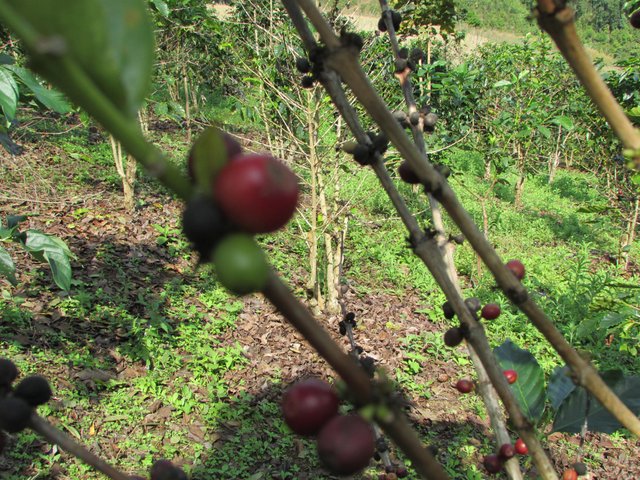
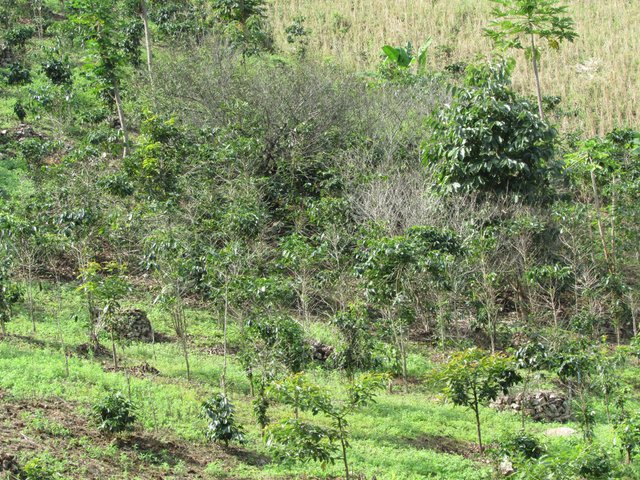
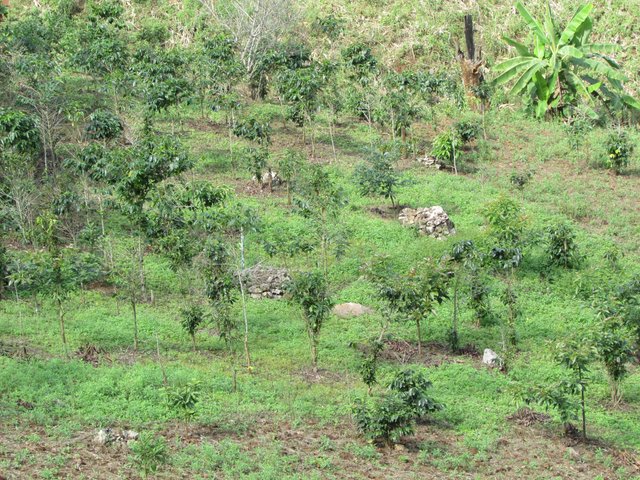
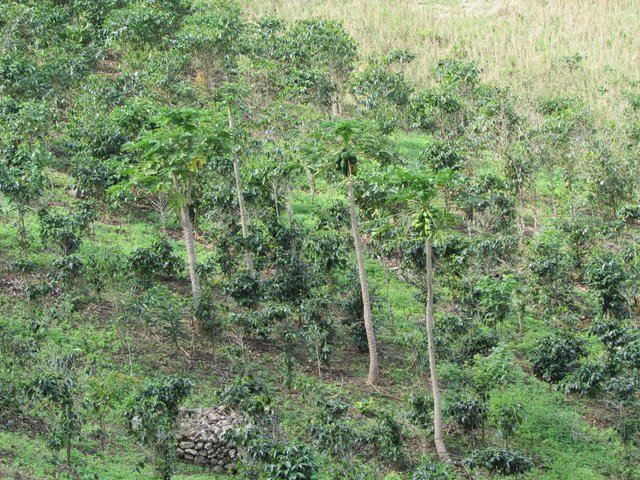
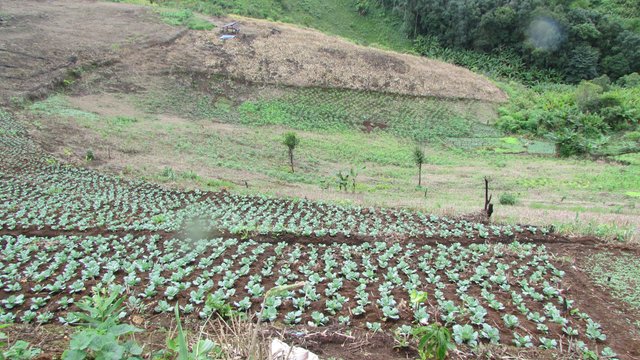
Congratulations @sumotori! You have completed the following achievement on the Steem blockchain and have been rewarded with new badge(s) :
You can view your badges on your Steem Board and compare to others on the Steem Ranking
If you no longer want to receive notifications, reply to this comment with the word
STOPTo support your work, I also upvoted your post!
Do not miss the last post from @steemitboard:
Downvoting a post can decrease pending rewards and make it less visible. Common reasons:
Submit